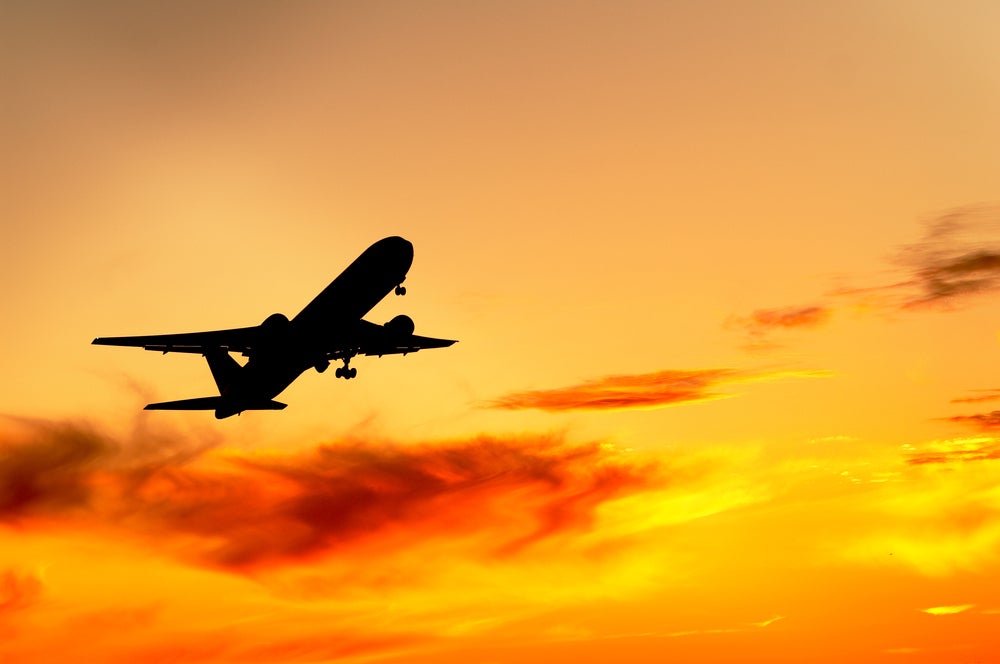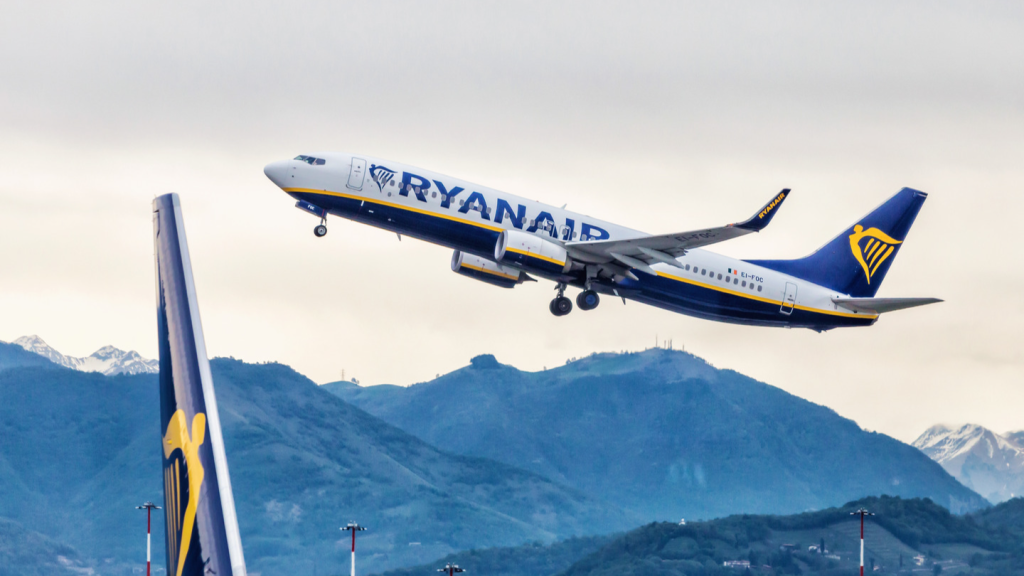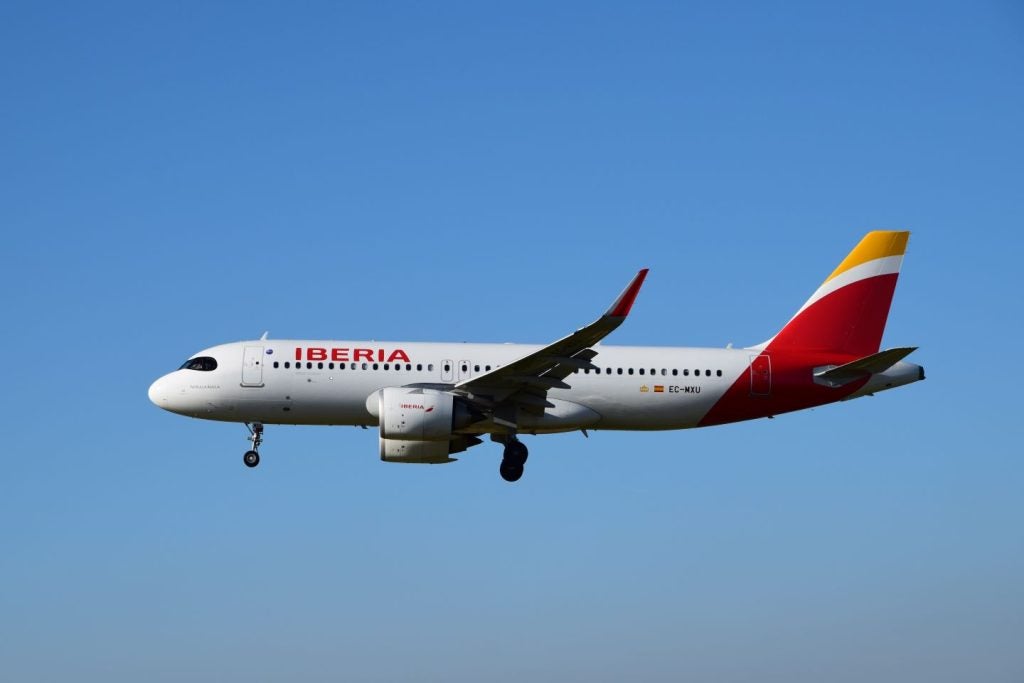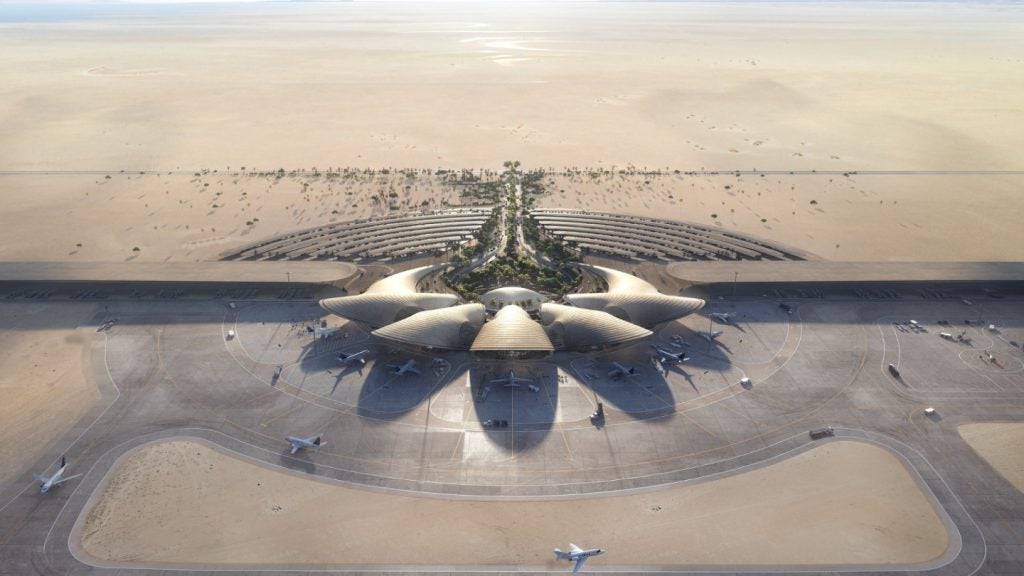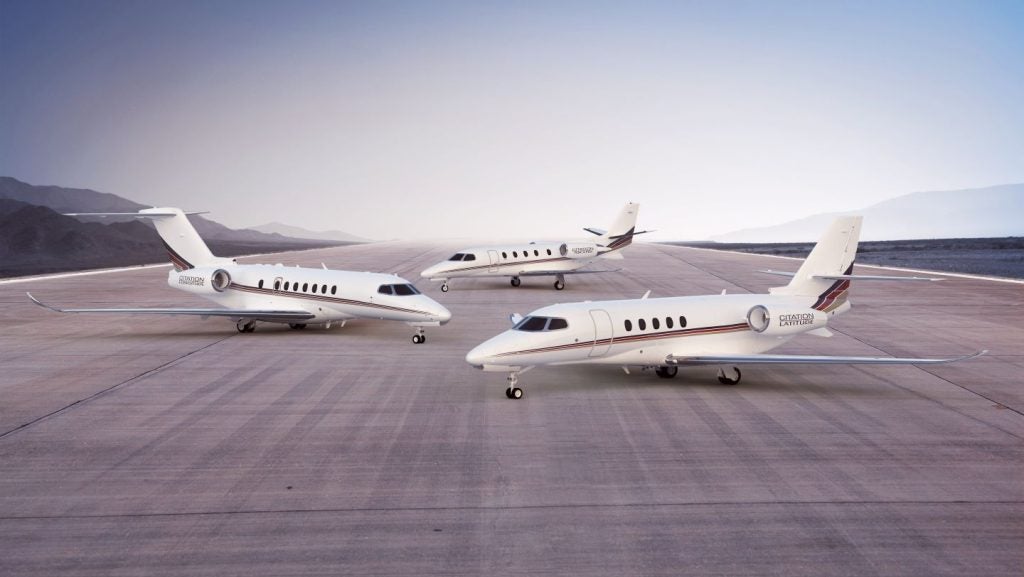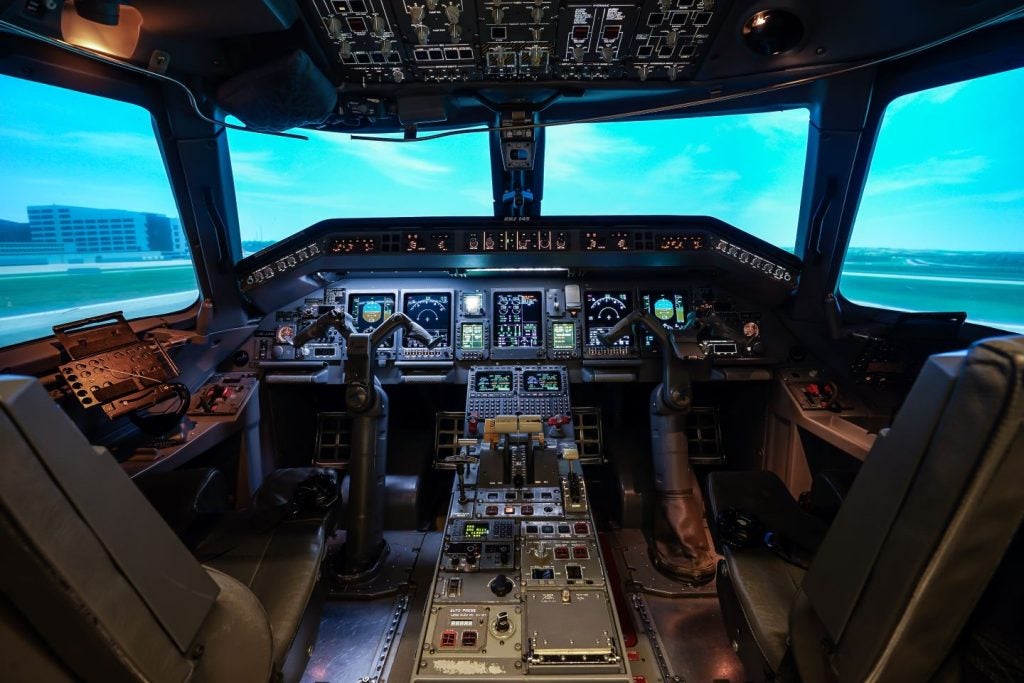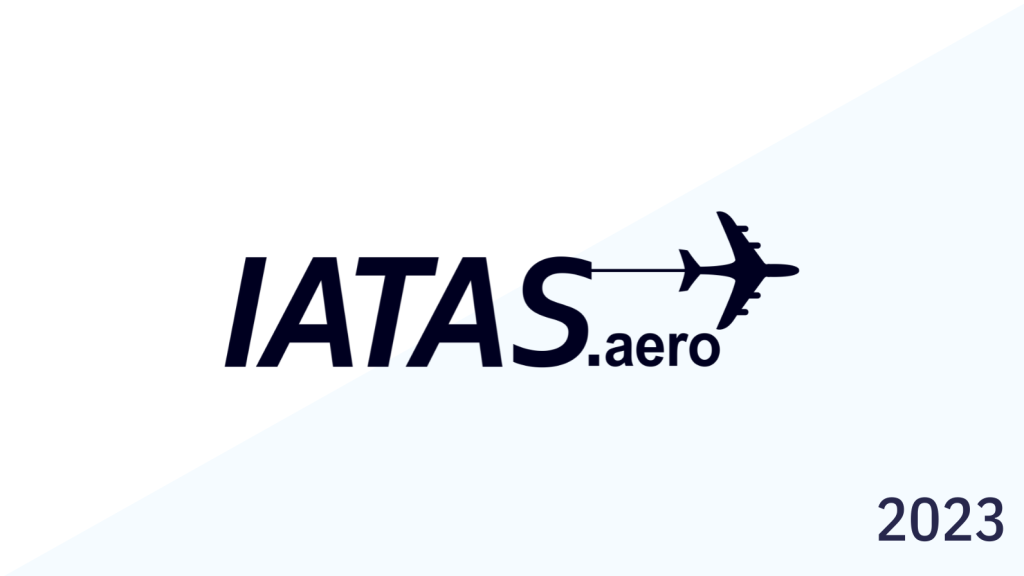In April of this year, Chinese battery giant CATL announced the creation of a condensed battery capable of opening up a “brand new electrification scenario for passenger aircraft”. According to CATL, the battery has enough energy density to make electrification of air transport much more economically viable, opening up a range of possibilities for aircraft manufacturers to develop sustainable aviation.
With entire economies committed to 2050 net zero targets, signed under the Paris Agreement, the aviation industry is under pressure to innovate.
Carbon emissions from the aviation industry represent around 2.5% of global carbon dioxide emissions. Despite falling during the 2020 Covid-19 pandemic, aviation emissions are expected to continue to grow steadily in the coming years.
A number of major industry players, from airlines to airports, have put net zero targets in place. The International Air Transport Association aims to be zero carbon by 2050, and Airbus has also implemented a target for the same year.
According to the Royal Society, a UK-based scientific academy, huge challenges remain for net-zero flight to become reality, including the development of technologies which do not yet exist.
Can the aviation industry innovate quickly enough, or is the promise of sustainable flight overly ambitious?
The limits of decarbonising with SAF
Sustainable Aviation Fuel (SAF) has seen much interest and investment over recent years. SAF can be divided into two categories: fuels produced from biomass and those from entirely synthetic fuels.
Typically, SAF is mixed with fossil fuels to offer a lower-emissions alternative and can reduce lifecycle CO₂ emissions by up to 80%. Currently, they are only used a fraction of the time. In 2021, SAF represented less than 0.1% of all aviation fuels, according to the International Energy Agency.
A number of major oil companies have expanded their portfolio to include SAF as the sector grows. These fuels can be implemented into pre-existing infrastructure, including planes, and can be stored and transported much like traditional fuels.
However, critics say that SAF is merely a means for the industry to continue its polluting practices under the guise of sustainability.
They also warn against the use of first-generation biofuels, where crops are grown specifically for fuel production rather than using pre-existing waste. First-generation biofuels require land and energy for crop cultivation, adding to their environmental impact, while also competing with the food market for these resources.
“Aviation biofuel scale-up has been promised by the industry for more than a decade but second-generation biofuels are likely to only replace a small percentage of fossil fuel use in the future,” a statement from aviation decarbonisation campaign group Stay Grounded claims.
Alternative means of low-carbon propulsion
On its own, SAF is not the only route to sustainable aviation, as electric or green hydrogen-powered aircraft could alternatively present an entirely carbon-free flight.
However, entirely carbon-neutral planes remain in the early stages of development, often only capable of carrying a small number of passengers over short distances. Currently, the only electric passenger aircraft to be successfully developed has a total capacity of nine people.
“These aircraft can carry nowhere near the number of passengers that we’re carrying at the moment,” says a UK pilot from an international budget airline. “The way that it works at the moment is that it’s a very fine line between passenger capacity, ticket prices and cost.”
“But with the huge cost of fuel, it’s a large proportion of the operating costs. If you were to go electric or use hydrogen or any alternative source of fuel you remove that cost, but the main challenge the industry would face with smaller planes is capacity. Major airports around the world are already struggling to handle aircraft four or five times the size [of green prototypes] because everyone wants to travel”.
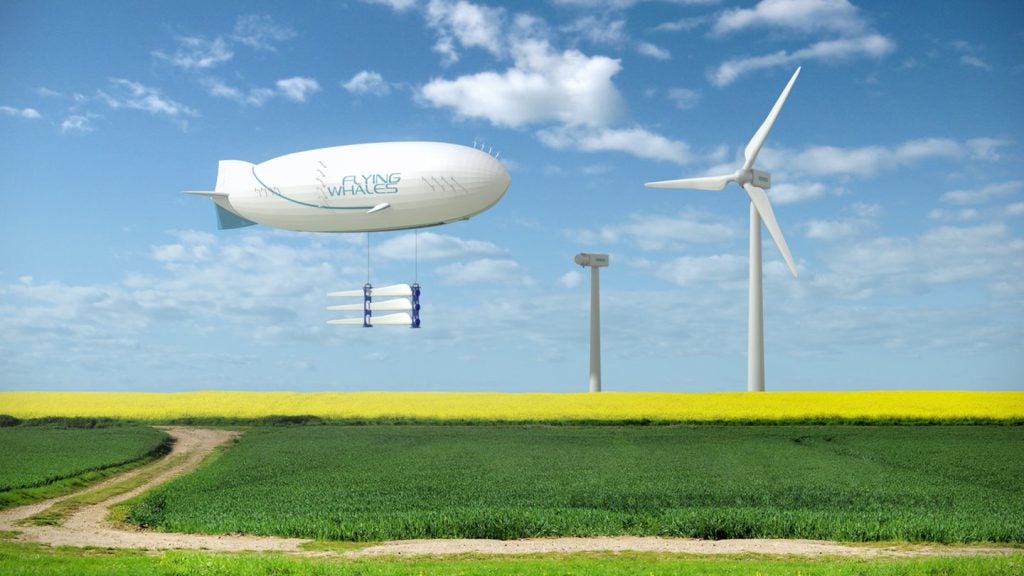
Sustainability across the aviation industry
Gurjit Wood, aviation specialist with global engineering consultancy Arup, points out that the aviation industry’s complexity means that many different sectors must decarbonise in harmony to facilitate zero-carbon flight.
“Aviation has been a very difficult industry to decarbonise because predominantly the emissions come from flying, other emissions come from surface access, which is easier to decarbonise. Then we have the buildings and the infrastructure, which the airports control,” she says.
“It's about a system-wide approach. I think where we're failing to make enough traction sometimes is because the industry has operated in silos: airlines, airports, government or communities, academia and international regulators. So for us, we see reaching net zero by 2050 as a system-wide collaboration in order to achieve our goals”.
According to Wood, “because [the industry is] constantly investing and constantly upgrading, we may be coming to some sort of other solution – as well as the SAF, the electrification, and the hydrogen fuel – that we don’t know of yet, and we are all committed to achieving net zero by 2050”.
Is carbon-free flight on the horizon?
An anonymous pilot told us that while sustainability is talked about on an ideas level, “in terms of new technologies, it’s not really there in practice at the moment”.
“The industry is very highly regulated to the point where any new technologies have to be tested rigorously before they’re allowed anywhere near the industry and any sort of change can trigger a huge upset.”
As a result, some have decided that the largest change must come from the consumer. Maja Rosén from the campaign group We Stay on the Ground gave up flying in 2008 in order to reduce her emissions. While she says that she would consider flying again if net-zero flight became a reality, she believes that there is “no way we can fly sustainably for decades”.
“I think it's here and now that we have to do everything we can to reduce our emissions. So even if it's possible to fly very short distances with an electric flight, there is no way we can replace the amount of flight that we have today with sustainable options”.
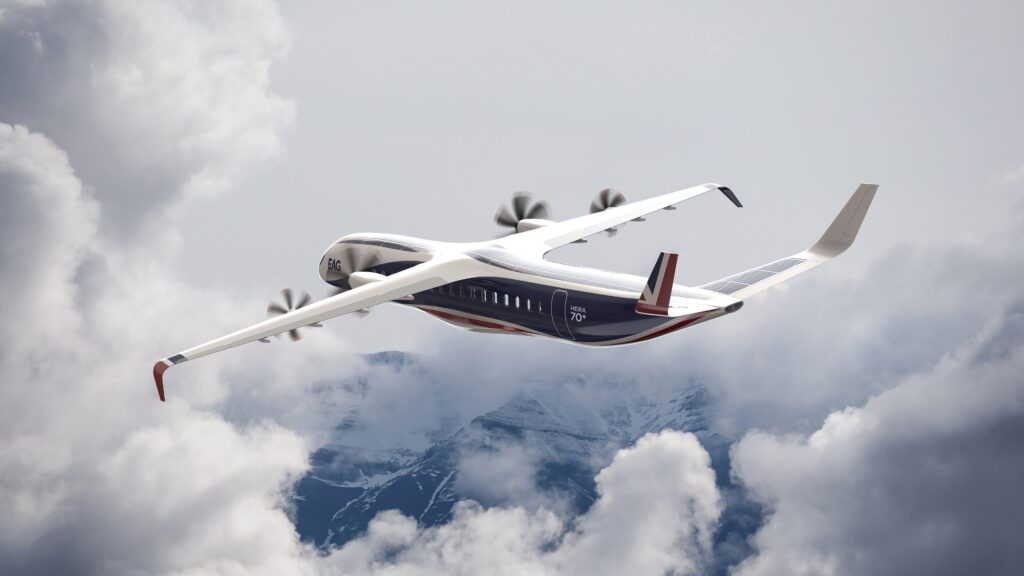
Do customers want sustainable aviation?
Behavioural research indicates that the majority of people are unwilling to forego personal travel such as holidays.
The pilot has an explanation for this: “To be bluntly honest with you, it's always the price. As soon as a cheap flight comes up, everyone’s quick to jump on it and everyone forgets about sustainability. With the cost-of-living crisis currently going on around the world, that’s the main driver for people.”
While the aviation industry represents 2.5% of emissions globally, which may initially appear small, this is not evenly split among the global population.
“It's only around 2%-4% of the world's population who fly abroad [regularly] in a given year, and around 11% fly at all in a given year. Estimates say that 80% of the world's population has never ever been on a plane,” says Rosén.
Is the aviation industry ready to transform?
According to Wood: “The aviation industry is a global industry because it connects international pairs. We've got things like the EU taxonomy, we've got the Scandinavian countries on a quicker path to decarbonisation… but I don't think it's universal because different parts of the globe are at different stages of their sustainable aviation journey”.
A decarbonised aviation sector is a necessity if we wish to preserve our current level of international mobility in line with decarbonisation targets. “It is not a choice, and the aviation industry is committed to better outcomes for our planet,” says Wood.
“I acknowledge the fact that the industry produces a lot of emissions, but we’re working a lot on creating a sustainable future of aviation,” the pilot adds.
The aviation industry must embrace new technologies to meet its decarbonisation targets. While it has the ideas, will actions follow?
This article was originally published on our sister site Power Technology.


